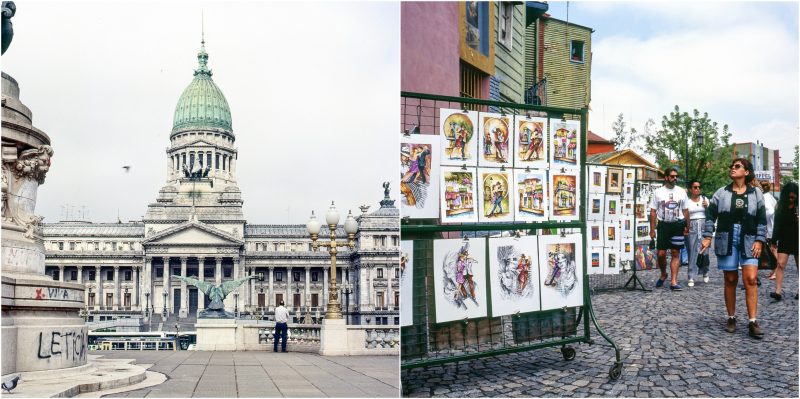Argentina is the eighth-largest country in the world, the second-largest in Latin America, and the largest Spanish-speaking one. Argentina claims sovereignty over part of Antarctica, the Falkland Islands, South Georgia and the South Sandwich Islands.
Argentina is a multicultural country with significant European influences. Its cities are largely characterized by both the prevalence of people of European descent, and of the conscious imitation of European styles in fashion, architecture and design.
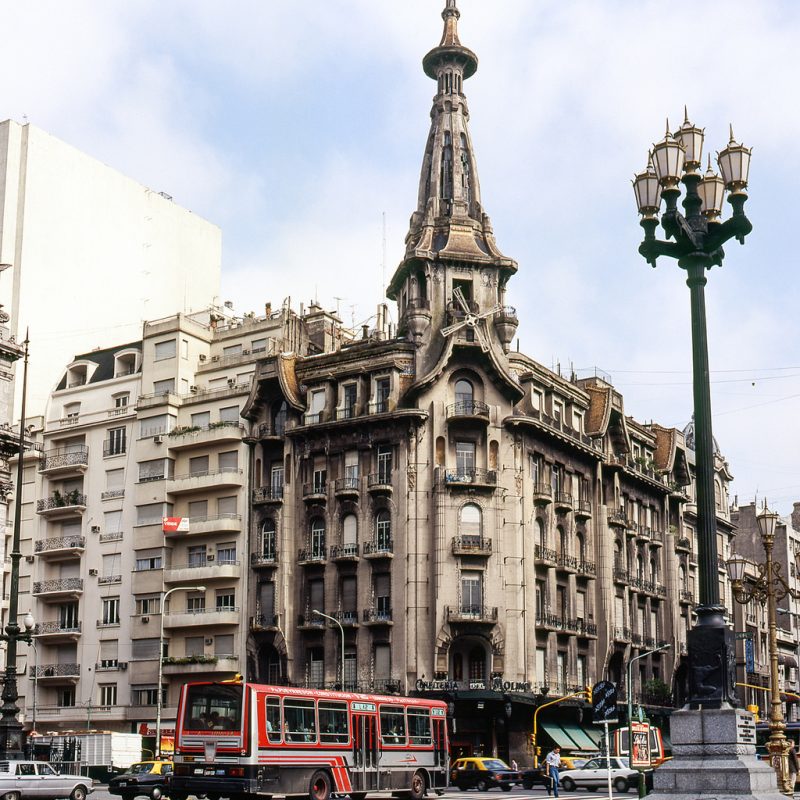
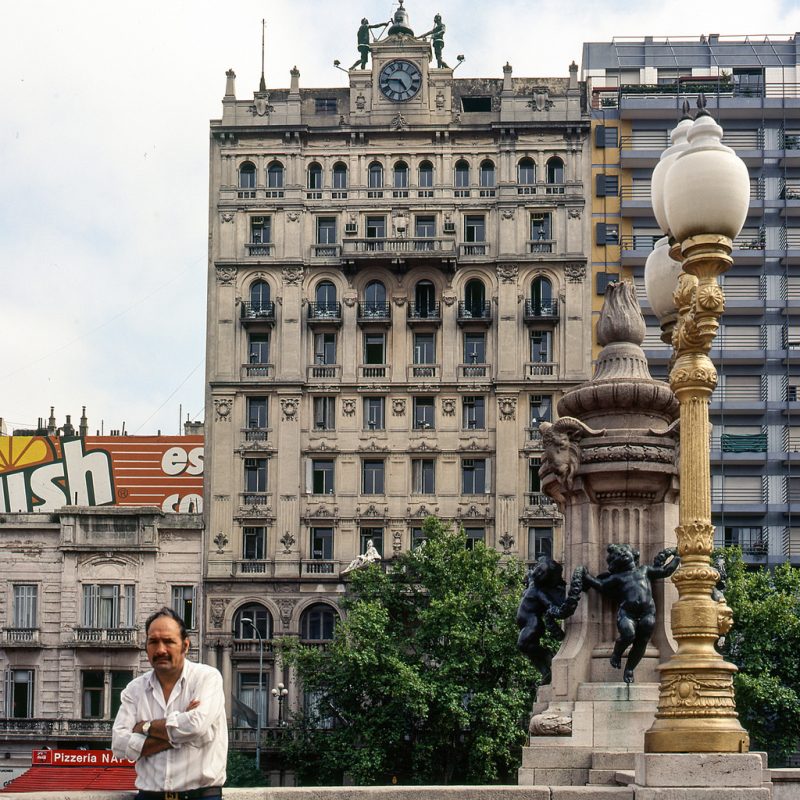
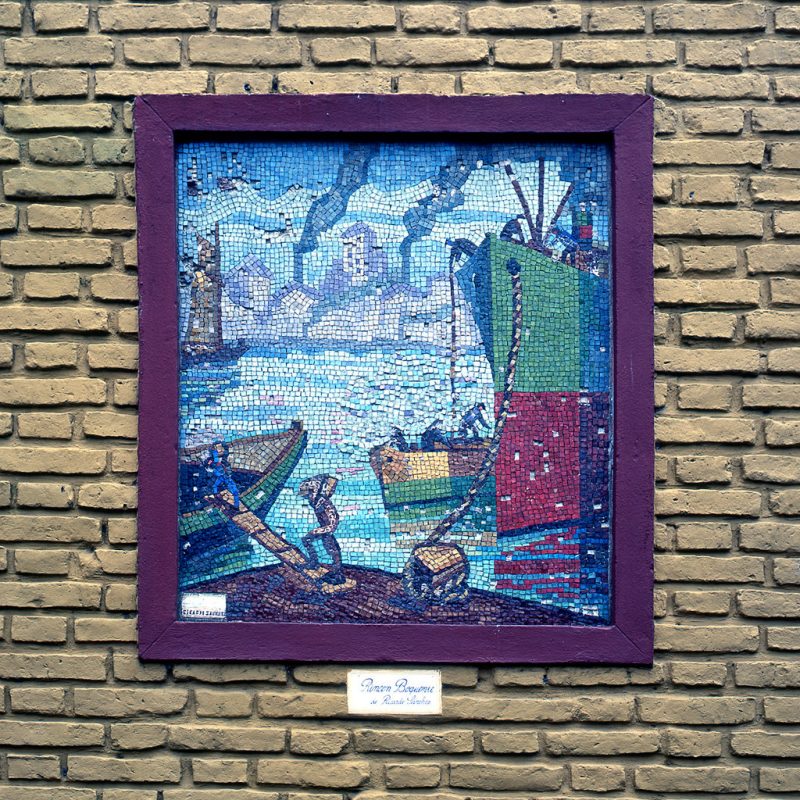
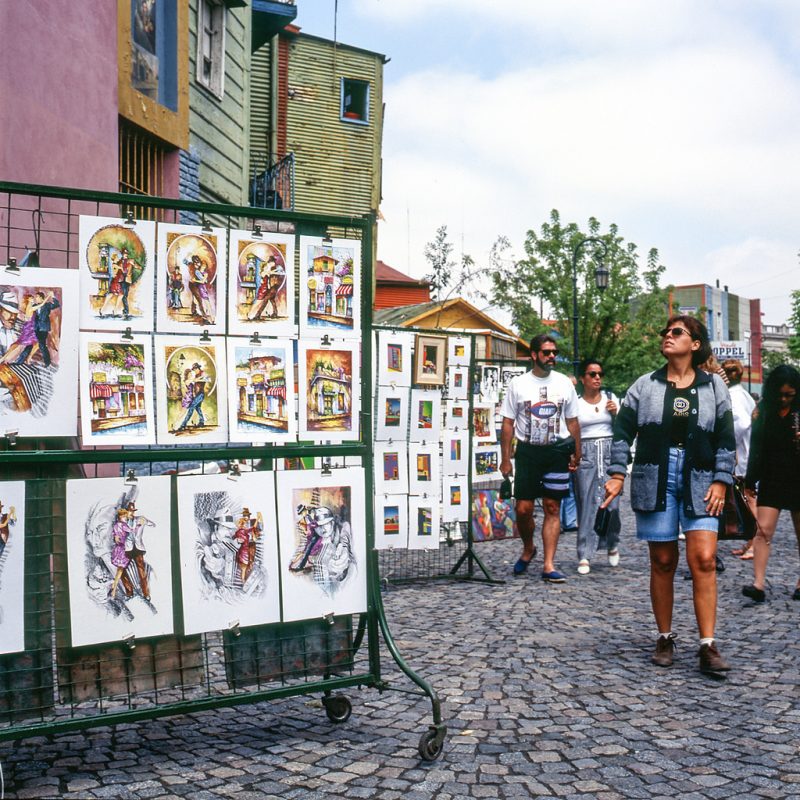
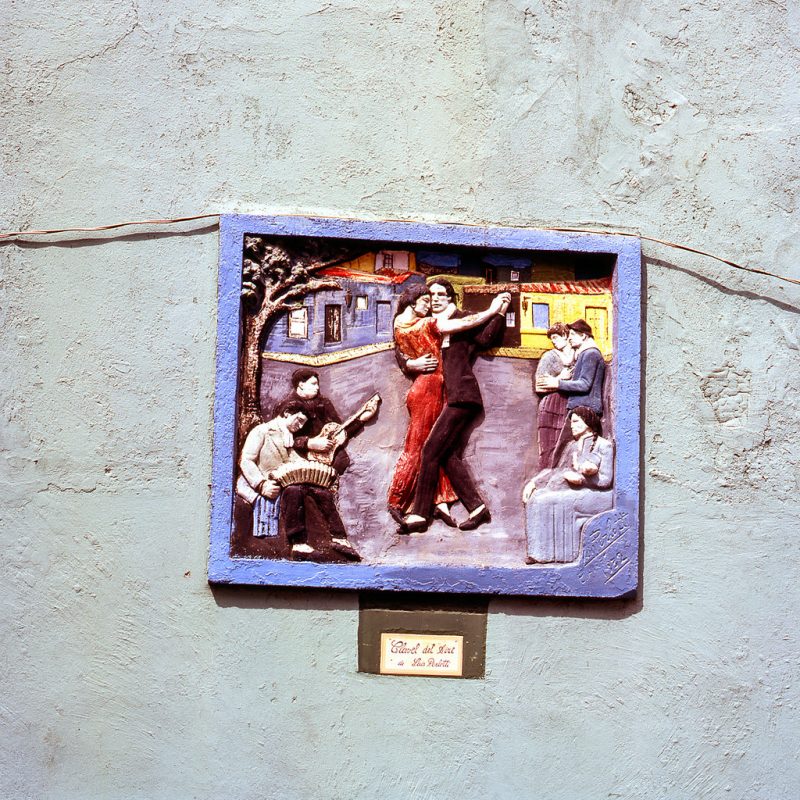
The earliest recorded human presence in the area of modern-day Argentina, dates back to the Paleolithic period. The country has its roots in Spanish colonization of the region during the 16th century. Argentina rose as the successor state of the Viceroyalty of the Río de la Plata, a Spanish overseas viceroyalty founded in 1776. The declaration and fight for independence (1810–1818) was followed by an extended civil war that lasted until 1861, culminating in the country’s reorganization as a federation of provinces with Buenos Aires as its capital city. The country thereafter enjoyed relative peace and stability, with massive waves of European immigration radically reshaping its culture and demographic profile. The almost-unparalleled increase in prosperity led to Argentina becoming the seventh wealthiest and developed nation in the world by the early 20th century.
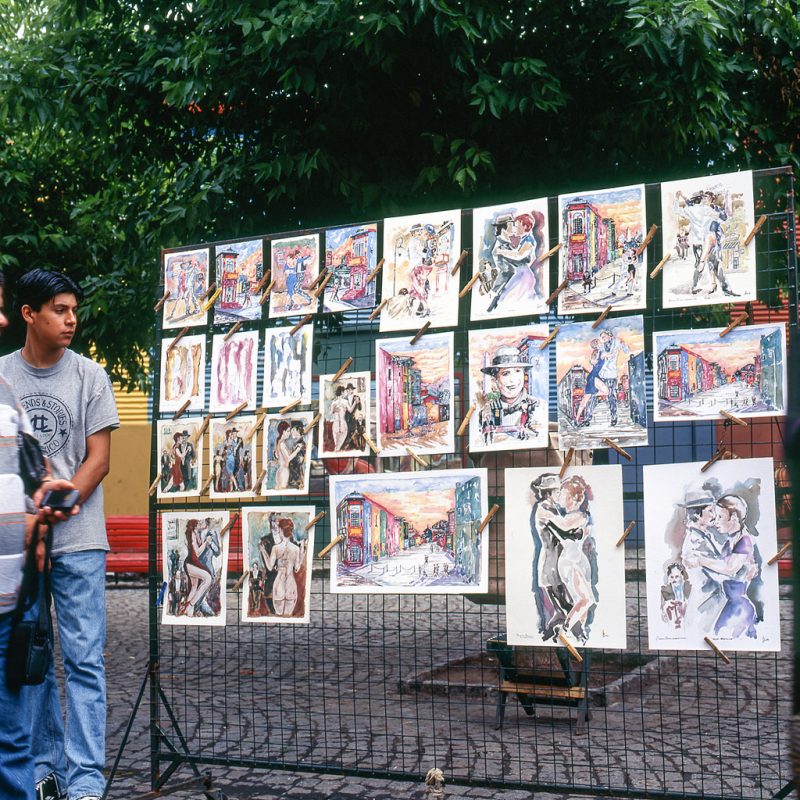
After 1930 Argentina descended into political instability and periodic economic crisis that pushed it back into underdevelopment, though it nevertheless remained among the fifteen richest countries until the mid-20th century.Argentina retains its historic status as a middle power in international affairs, and is a prominent regional power in the Southern Cone and Latin America.
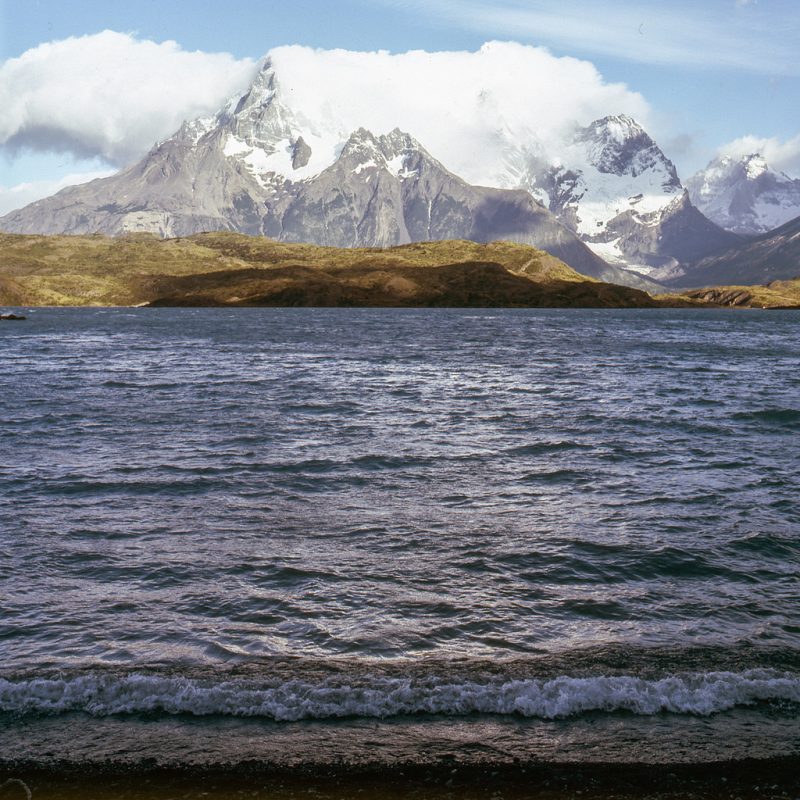
The name “Argentina” is derived from Latin argentum (“silver”, plata in Spanish), a noun associated with the silver mountains legend, widespread among the first European explorers of the La Plata Basin.
The first written use of the name can be traced to La Argentina,a 1602 poem by Martín del Barco Centenera describing the region and the foundation of Buenos Aires. Although “Argentina” was already in common usage by the 18th century, the country was formally named “Viceroyalty of the Río de la Plata” by the Spanish Empire, and “United Provinces of the Río de la Plata” after independence.
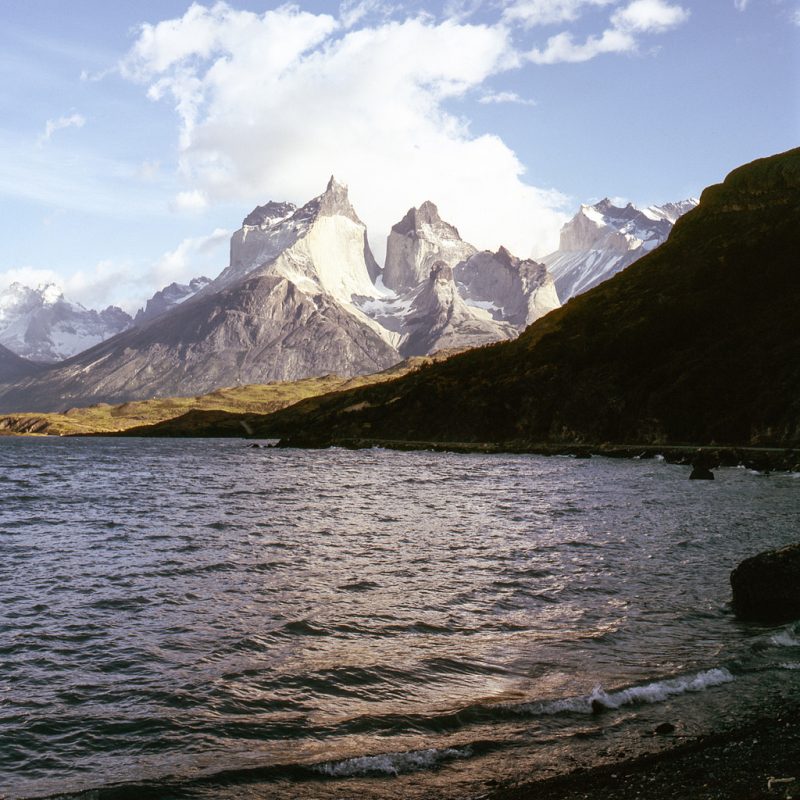
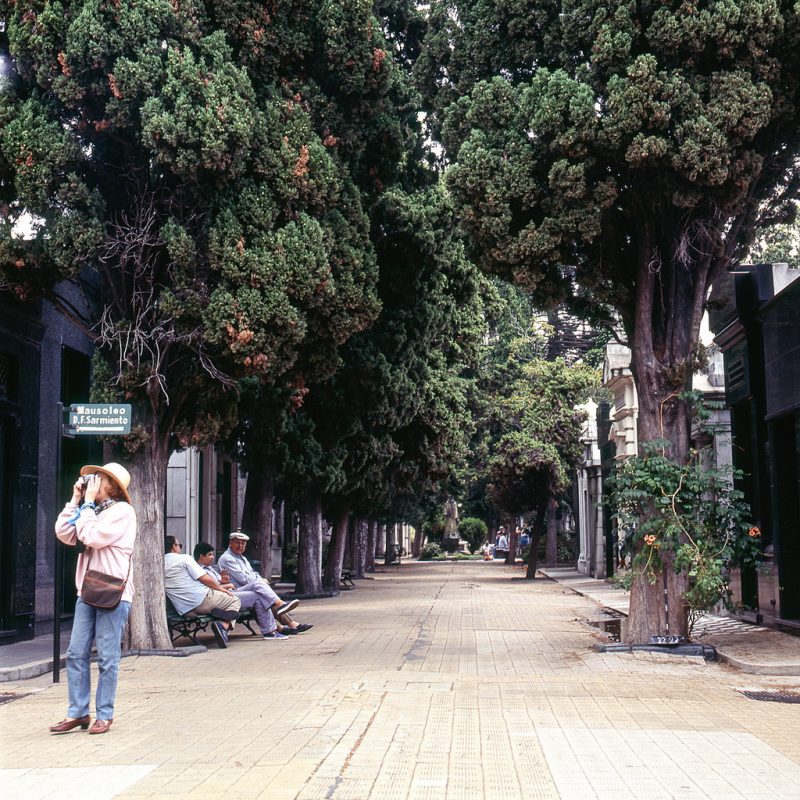
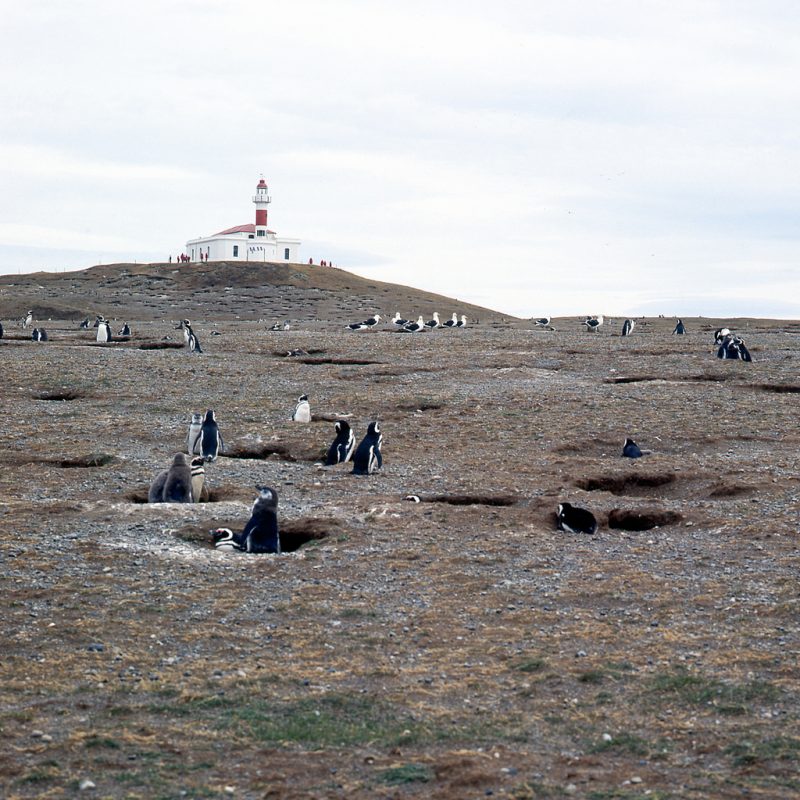
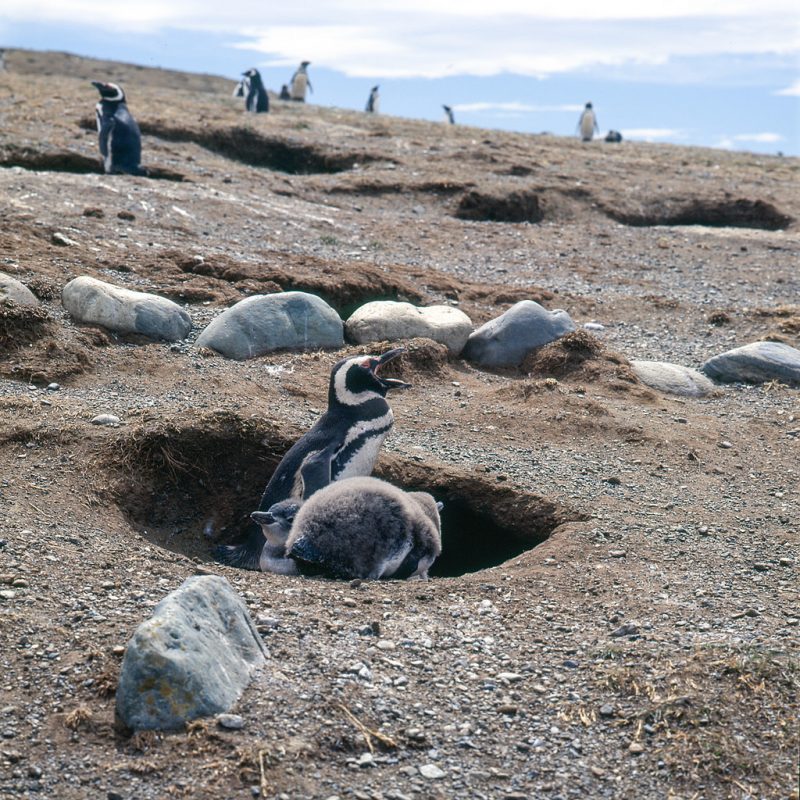
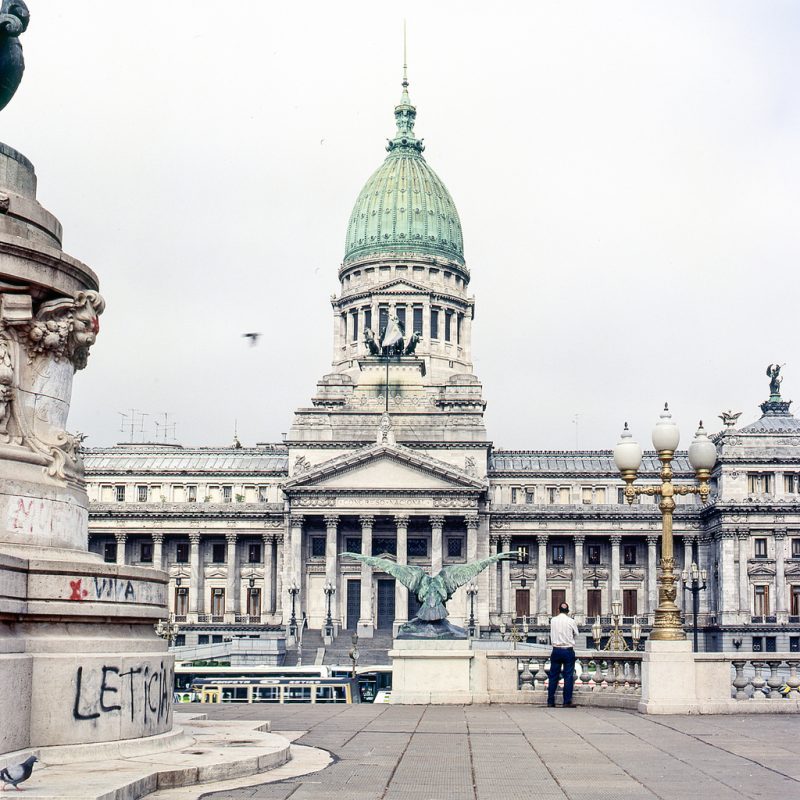
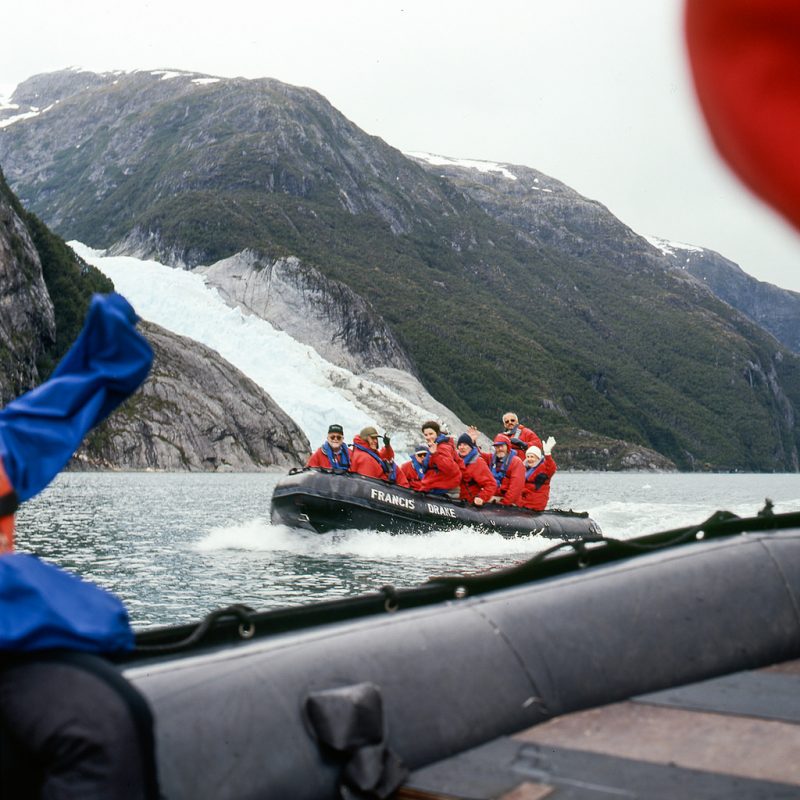
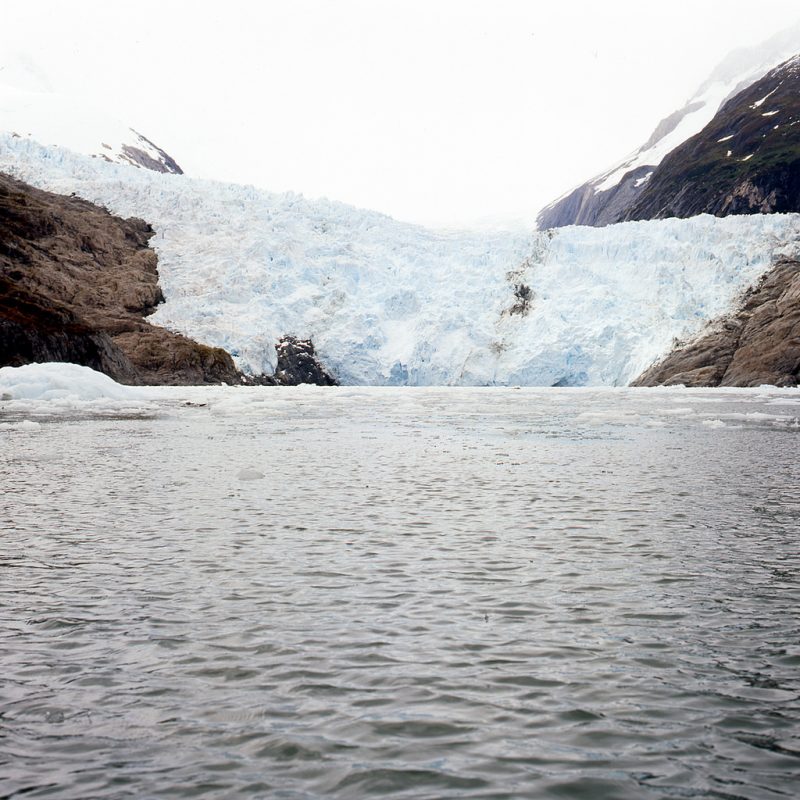
Argentina has the second largest economy in South America, the third-largest in Latin America and is a member of the G-15 and G-20 major economies. It is also a founding member of theUnited Nations, World Bank, World Trade Organization, Mercosur, Union of South American Nations, Community of Latin American and Caribbean States and the Organization of Ibero-American States. It is the country with the highest Human Development Index in Latin America with a rating of “very high”. Because of its stability, market size and growing high-tech sector, Argentina is classified as a high-income economy
All Photos: BU Int’l Center for E. Asian Archaeology & Cultural History (Used with permission)
